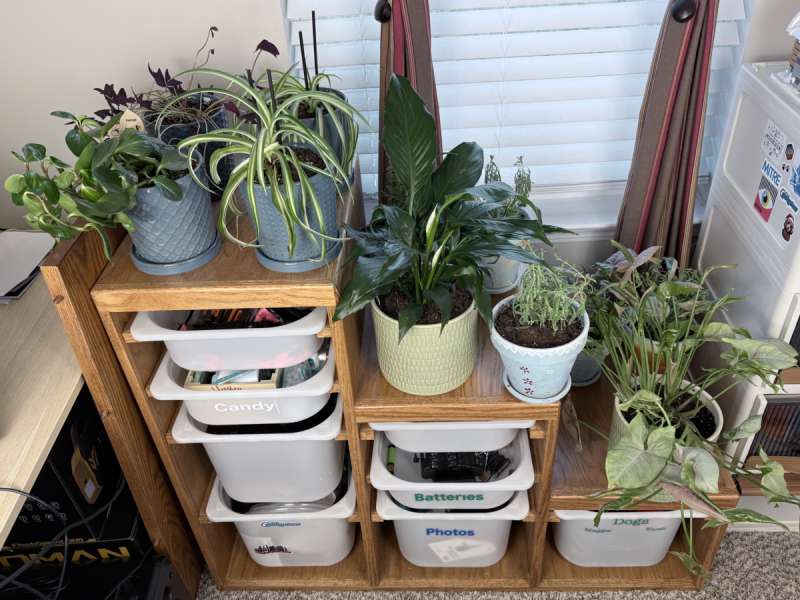
ARTICLE – AI is all the rage these days, and Apple is one among many companies touting how their newest gadgets are using it. In a recent iPhone User Guide, Apple says, “On all iPhone 16 models, you can use visual intelligence with Camera Control to quickly learn more about the places and objects around you. Just click and hold the Camera Control to do things like…identify plants.” As someone who loves plants and flowers, I thought I would run a small experiment to see how effective this new feature is.
Options
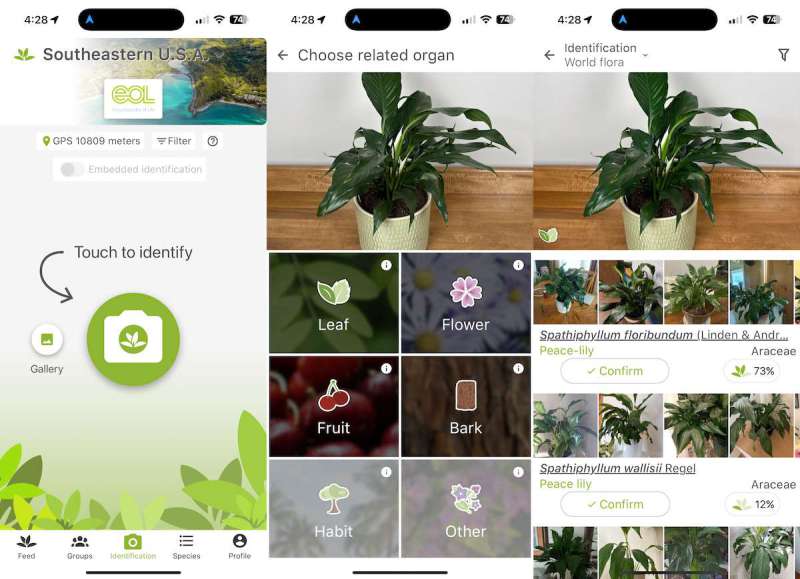
First, I need a baseline. For years I have used the PlantNet app on my iPhone to identify plants. It’s a feature-rich app that is able to identify plants, bushes, and trees by their leaves, flowers, fruit, and even their bark. Instead of using AI, it has a massive database that categorizes plants by region, so if I let it know where I am, it will only identify a plant if it grows in that area. It not only returns plants in a prioritized order, it also returns a set of pictures that others have taken for comparison. In the past, I have found this app to be 100% effective at identifying plants.
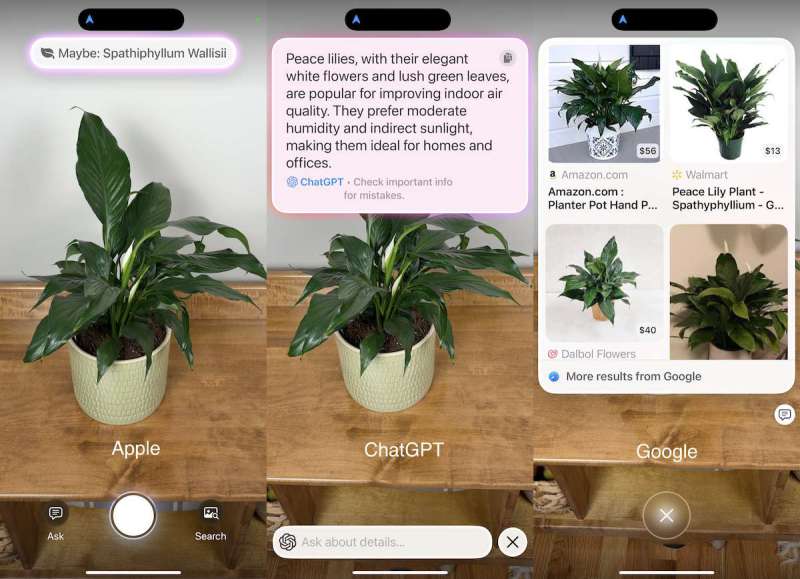
Second, Apple’s new Visual Intelligence feature is really three different capabilities brought together in one convenient location. After making sure that my camera app is (unintuitively) not on, I point my iPhone 16 at a plant and then press the Camera Control button to activate it. Three buttons appear at the bottom of my screen: The white circle starts Apple’s Visual Intelligence, the Ask button queries ChatGPT, and the Search button searches on Google. This interface is simple and elegant, as I would expect from a new Apple feature. But how well does it work? I have six houseplants in my home office, so I set up a distraction-free and well-lit place and tested all four capabilities for each plant.
Performance
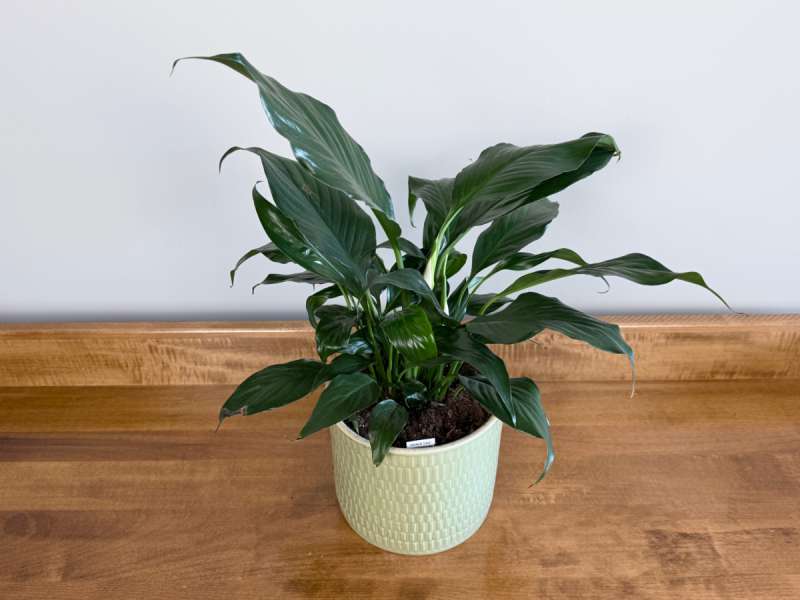
Peace lilies are evergreen perennials with white flowers that are native to Central and South America. They can grow to be four feet tall and live for 20 years. The results of my testing are as follows:
- PlantNet: Peace lily
- Apple: Spathiphyllum wallisii – This is the Latin name for the peace lily, so it’s technically correct if not practically so.
- ChatGPT: Peace lily
- Google: Peace lily
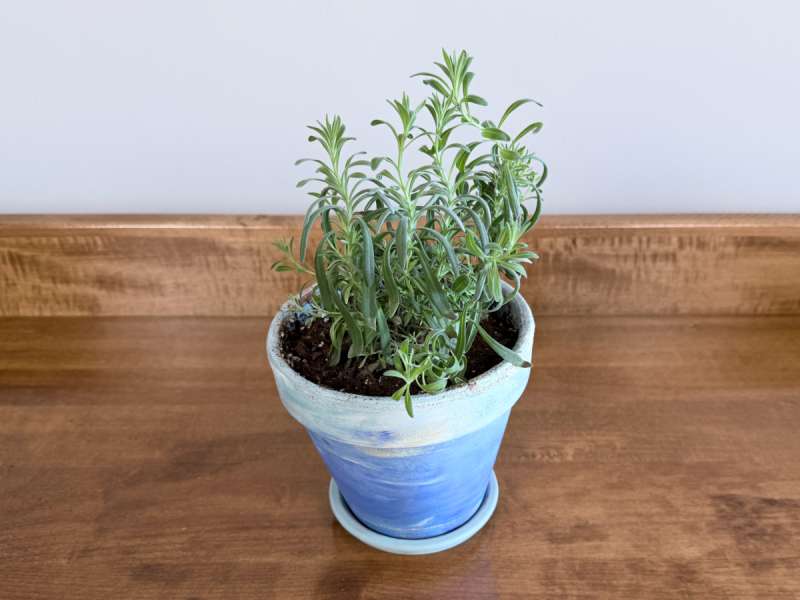
Lavender is an herb from the Mediterranean regions with purple flowers. It’s a perennial that likes a lot of sun and is very fragrant.
- PlantNet: Lavendar
- Apple: Rosemary. Rosemary leaves are somewhat similar, but the new growth structure, which you can see in my picture, is very different.
- ChatGPT: Lavender
- Google: Google tried to sell me several pots that looked similar to this one, a common yet unsurprising issue with Google search results that are sadly more monetized than ever these days. It also suggested Rosemary.
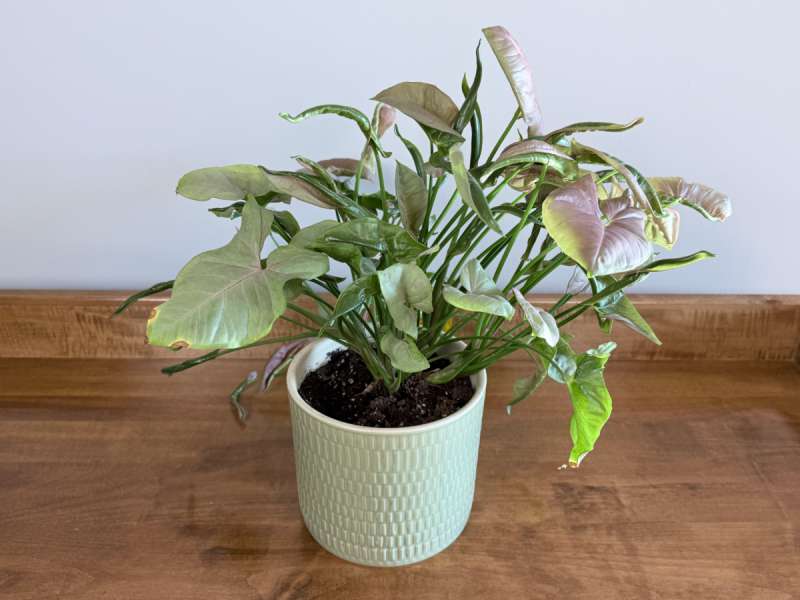
Syngonium is a plant native to tropical rainforests in Central America that prefer bright but indirect light. In the wild, they can have small flowers, but when grown as a house plant, they often do not flower. The variety that I have is also known as an Arrowhead plant.
- PlantNet: Syngonium
- Apple: Swiss cheese plant. I have no idea why, as these leaves are not similar.
- ChatGPT: Syngonium
- Google: Syngonium
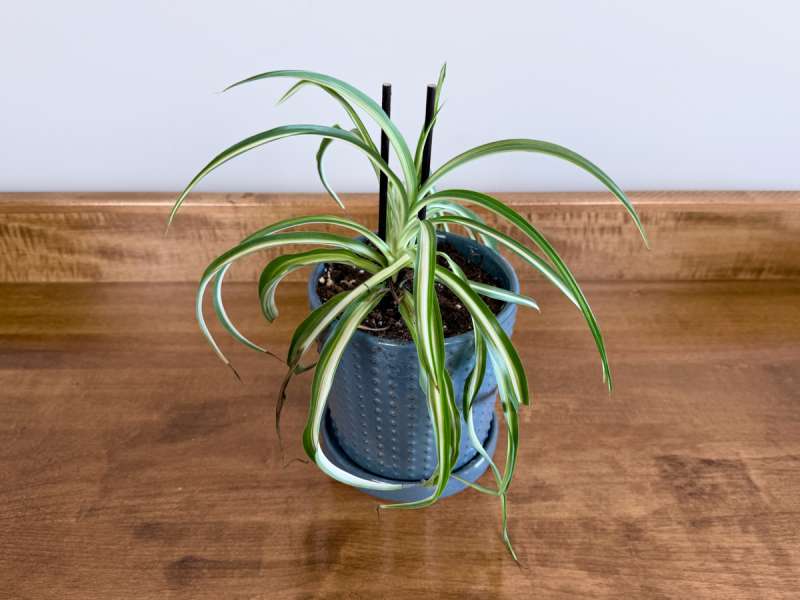
Spider plants are very popular as house plants because they are so easy to care for. They have long, striped leaves and small white flowers, and they are easy to propagate.
- PlantNet: Spider plant
- Apple: Ribbon plant. This is the same plant, and it usually refers to the variegated variety, which I have. This is the correct answer, though I had not heard it referred by this name before.
- ChatGPT: Spider plant
- Google: Spider plant
While I’ve known this as a rubber plant, it’s really a jade plant. Informal names include Chinese rubber plant, lucky plant, friendship plant, and money plant. Despite the name, it should not be confused with a real rubber plant or a rubber tree, whose leaves are quite different. Jade plants are succulents with small flowers and originate in Africa. They are easy to grow and like warm, dry conditions and lots of indirect light. Mine looks very droopy because I have a tendency to overwater it, a mistake that can easily damage or kill it.
- PlantNet: Peperomia or jade plant. Peperomia is a large genus of tropical plants, most of which do not look anything like my jade plant. There is one variety, however, the peperomia jade, which is similar looking, though a completely different plant. PlantNet gets half credit only because it listed jade as the second option.
- Apple: Radiator plant. This another name for peperomia.
- ChatGPT: Peperomia
- Google: Peperomia
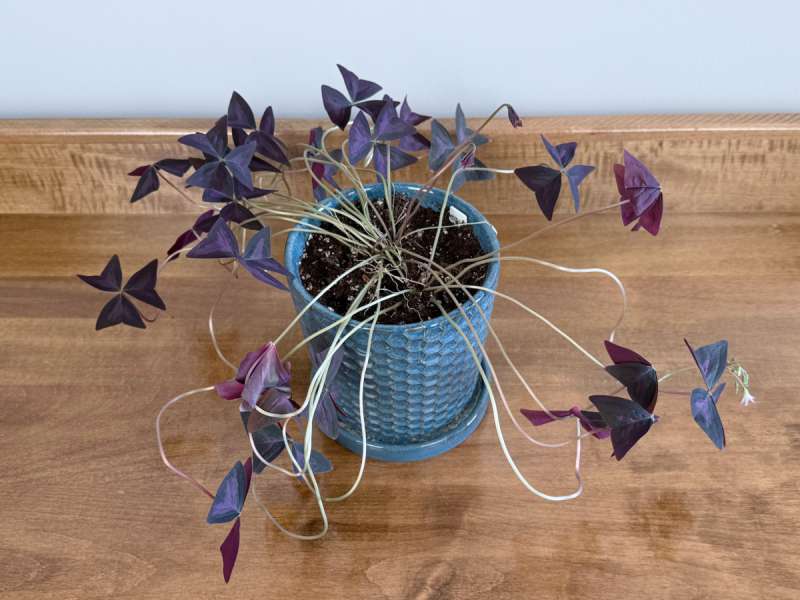
I have a purple shamrock, also known as a false shamrock. While it looks similar to a real shamrock plant (a member of the wood sorrel family), they are in a different genus. False shamrocks look like four-leaf clovers yet grow from clusters of small bulbs. They are native to Brazil, not Ireland, and the leaves close up at night and open again during the day to point at the light. I believe that mine is “leggy” looking because it is not getting as much light as it wants.
- PlantNet: Oxalis triangularis – This is the Latin name for the purple shamrock, so it’s technically correct if not practically so.
- Apple: Oxalis triangularis aka purple shamrock
- ChatGPT: Shamrock
- Google: Shamrock
Results
A perfect score would be 6 points. How did our contestants do?
- PlantNet: 5.5
- Apple: 3
- ChatGPT: 5
- Google: 4
When I need to identify a plant in the future, what would I use? PlantNet is the hands down winner in my opinion, given its ability to search by leaf, flower, fruit, bark, and location and its returning of multiple choices. ChatGPT was very good and typically returned helpful information along with its answer; if I did not have the PlantNet app, I would use ChatGPT. Google had a decent score, but it was my least favorite solution because it kept trying to sell me things; I wish it would just let me search. As for Apple, well, Apple Intelligence is not very intelligent, at least not when it comes to identifying these house plants. Maybe it will get there one day, but for now a smart search algorithm and a massive database is a better solution.
Check out these other reviews!
- MetryGrow 48W LED Plant Grow Light review
- Tevaplanter planter review
- From paper to pixels – How to digitize your handwritten journals with AI (for free!)

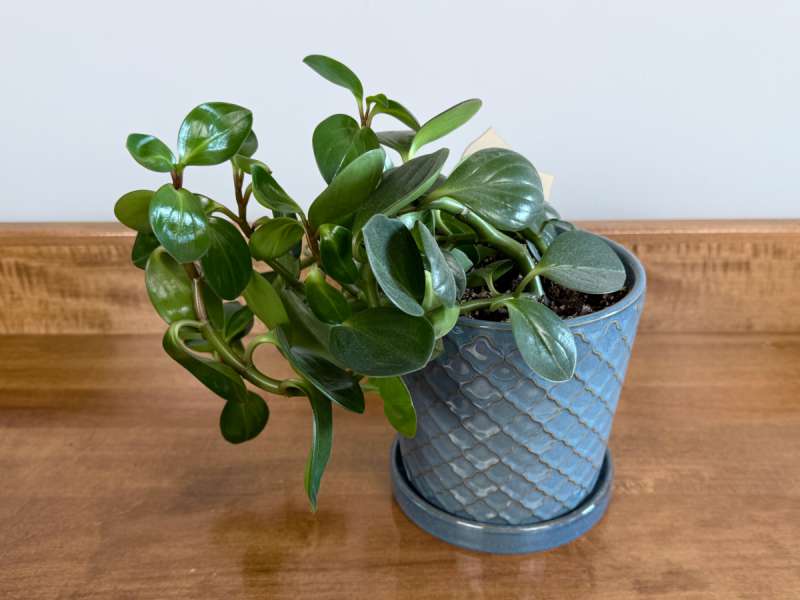


Gadgeteer Comment Policy - Please read before commenting
I did not know there were so many free options for this. Thanks!
You’re welcome!